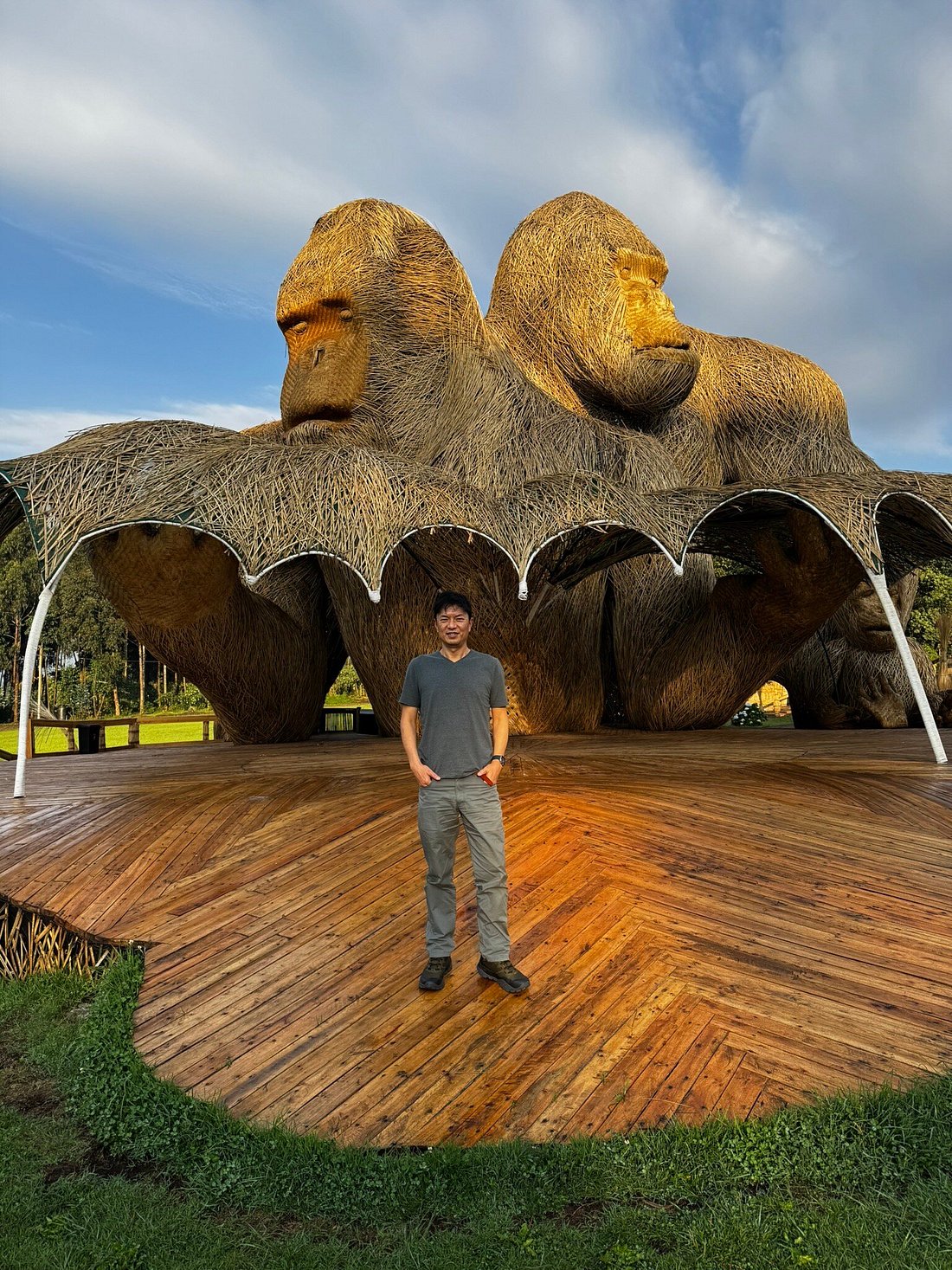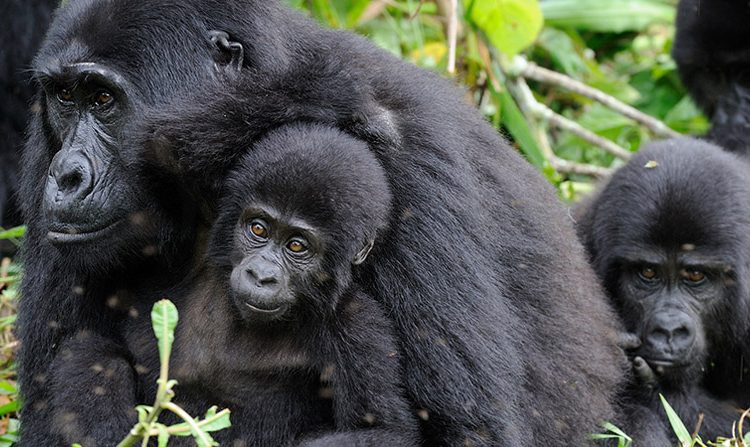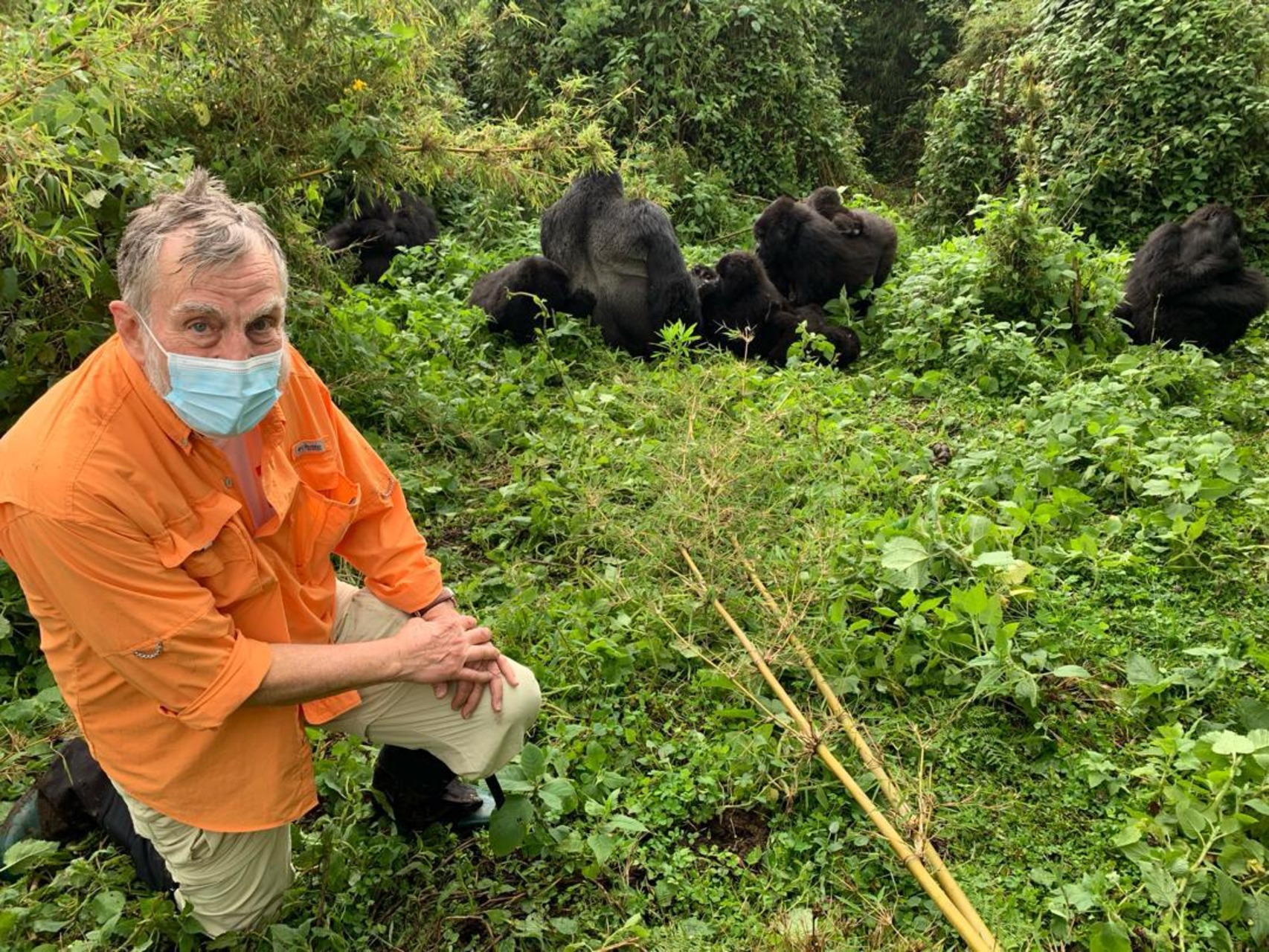Gorilla Tours in Uganda
Gorilla Tours in Uganda provide a rare and captivating glimpse into the lives of endangered mountain gorillas, one of the world’s most iconic and threatened species. Located in the heart of East Africa, Uganda is among the few destinations globally where travelers can enjoy guided gorilla tours in Bwindi Impenetrable Forest and Mgahinga Gorilla National Park. Known for its stunning landscapes, vibrant biodiversity, and commitment to conservation, Uganda is a top choice for eco-tourism and unforgettable wildlife adventures. Whether you’re planning Uganda safaris, a combined Rwanda and Uganda gorilla trekking experience, or a dedicated gorilla safari in Uganda, this journey promises breathtaking encounters with nature. For nature enthusiasts, adventure seekers, and those dreaming of an authentic Africa safari, Uganda’s gorilla tours deliver an unparalleled wildlife experience.
Popular Gorilla Tours in Uganda
Why Choose Uganda for Gorilla Trekking?
Uganda is a premier gorilla trekking destination, with more than half of the world’s population of mountain gorillas residing in its dense forests. Travelers often choose Uganda for its more affordable permits, diverse gorilla families, and unique experiences in places like Bwindi Impenetrable National Park and Mgahinga Gorilla National Park. With Gorilla Trek from Kigali, visitors can travel comfortably from Kigali to these Ugandan parks, making it a convenient choice.
Where to Go Gorilla Trekking in Uganda
Bwindi Impenetrable National Park
Bwindi is famous for its ancient forest, which is home to around 20 habituated gorilla families. Divided into four trekking sectors – Buhoma, Ruhija, Rushaga, and Nkuringo – each offers its unique experience and scenery. Bwindi is ideal for travelers who want a variety of trekking options and an immersive experience in a biologically diverse ecosystem.
Mgahinga Gorilla National Park
Mgahinga is smaller and quieter, with one habituated gorilla family, the Nyakagezi group. Mgahinga offers breathtaking views of the Virunga Mountains and is ideal for those who prefer a more tranquil setting. Mgahinga also offers golden monkey tracking, a unique addition to your trekking experience.
Best Time for Gorilla Trekking in Uganda
The best time for gorilla trekking in Uganda is during the dry seasons from June to September and December to February, when trails are drier and trekking conditions are favorable. The wet seasons (March to May and October to November) bring lush greenery, but trails can be more challenging due to muddy conditions. However, Uganda’s trekking parks are open year-round, and sightings are consistent regardless of the season.
Gorilla Trekking Permits in Uganda
Gorilla trekking permits in Uganda cost $700 per person, making Uganda a more affordable option compared to neighboring Rwanda. These permits are essential for funding conservation initiatives, protecting the gorillas, and supporting local communities. Booking in advance is recommended due to high demand, especially during the dry season.
Getting to Uganda from Kigali
Gorilla Trek from Kigali offers transport options directly from Kigali, making it convenient for those arriving in Rwanda. From Kigali, it’s about a 4-5 hour drive to Bwindi or Mgahinga, passing through scenic landscapes. This option is a great way to add variety to your East African safari and experience both Rwanda and Uganda in one trip.
What to Expect on a Gorilla Trekking Tour
Each trek begins with a briefing by park rangers on safety and guidelines. Trekkers are divided into small groups and assigned to a specific gorilla family. Trekking can last from 1-4 hours, depending on the gorillas’ location. Once your group locates the gorillas, you’ll spend one hour observing and photographing them at a close yet respectful distance. Watching these gentle giants interact is a truly humbling and awe-inspiring experience.
FAQs about Gorilla Tours in Uganda
What is the minimum age for gorilla trekking in Uganda?
The minimum age is 15 years to ensure both safety and an appreciation of conservation practices.Can I book a gorilla trekking tour from Kigali?
Yes, Gorilla Trek from Kigali offers convenient transfer options from Kigali to Uganda’s trekking parks.Is gorilla trekking safe?
Yes, safety measures are strictly followed, with trained guides and rangers present throughout the trek.How long do I spend with the gorillas during the trek?
Visitors are allowed to spend one hour with the gorillas once they’re located, ensuring a respectful and low-impact interaction.What should I wear for gorilla trekking?
Wear long sleeves, hiking boots, and a waterproof jacket. Dressing in layers is recommended due to fluctuating temperatures in the forest.Can I use a camera during the trek?
Yes, photography is allowed, but flash photography is strictly prohibited to avoid disturbing the gorillas.Are there accommodation options near Bwindi and Mgahinga?
Yes, a variety of lodges and camps are available near both parks, ranging from budget to luxury options.Is it necessary to hire a porter for the trek?
Hiring a porter is optional but highly recommended. Porters assist with carrying bags and provide support on difficult trails, and hiring them also supports the local community.How difficult is gorilla trekking in Uganda?
The trek can be challenging, as it often involves hiking through dense forest and steep terrain. A moderate level of fitness is advisable.What other activities can I do in Bwindi and Mgahinga?
In addition to gorilla trekking, you can track golden monkeys, explore local trails, visit the Batwa communities, and enjoy birdwatching.How many people are allowed in a trekking group?
Groups are limited to eight people to ensure minimal disturbance to the gorillas.Is gorilla trekking available year-round?
Yes, gorilla trekking is offered year-round, but the best time is during the dry seasons from June to September and December to February.How does gorilla trekking benefit local communities?
Permit fees support conservation and fund community projects, which improve local infrastructure, health, and education.Can I combine gorilla trekking in Uganda with a safari in Rwanda?
Absolutely, Gorilla Trek from Kigali offers customizable options to combine trekking in Uganda with additional safari experiences in Rwanda.What is the Gorilla Habituation Experience?
The Gorilla Habituation Experience allows you to spend up to four hours with semi-habituated gorillas, offering a deeper understanding of their behaviors and conservation efforts.
Tips on Gorilla Tours in Uganda
- All Posts
- Gorilla Trekking Uganda

If you are planning a journey to meet mountain gorillas in East Africa, one of the most important questions is:...

Many travelers planning a trip to Rwanda wonder if gorilla trekking is suitable for older adults, children, or families traveling...

Many travelers book a gorilla trekking safari dreaming of once-in-a-lifetime photos: a massive silverback staring into the lens, babies playing...

Gorilla Trekking Adventures with Gorilla Trek from Kigali; your trusted partner for organizing life-changing gorilla trekking safaris across East and...

Gorilla Trekking Safaris in Rwanda and Uganda are among the most breathtaking wildlife experiences in the world. Every year, thousands...

For travellers seeking a Premium Gorilla Trekking Experience, Gorilla Trek from Kigali offers luxury safaris, accommodations, and fleet for Gorilla...







